In the sprawling digital landscape where trends emerge and vanish with dizzying speed, a peculiar sonic phenomenon has taken root and flourished: the "internet celebrity hit song." These tracks, often characterized by catchy hooks, repetitive lyrics, and viral dance challenges, have become the unlikely soundtrack to a generation raised on algorithms and social media. But as these songs dominate streaming platforms and shape popular culture, a pressing question echoes through the halls of the music industry: Are these viral sensations the vibrant future of music, or do they signal its creative demise?
The rise of the Viral Hit Songs is inextricably linked to the architecture of the internet itself. Platforms like TikTok, Douyin, and YouTube Shorts have created a new ecosystem for music discovery, one where a song's success is no longer solely dependent on radio play or label marketing budgets. Instead, a track can explode into the global consciousness through a viral dance, a meme, or simply by being the perfect backdrop for a million user-generated videos. This democratization of reach is unprecedented. An unknown artist in a bedroom studio can, virtually overnight, achieve a level of fame that once took years of touring and promotion. This system has birthed global smashes like Lil Nas X's "Old Town Road," a country-trap hybrid that rode a TikTok trend to become one of the longest-running number-one hits in Billboard history. It represents a future where the barrier between creator and audience is thinner than ever, a potentially utopian vision for musical diversity and opportunity.
Proponents of this new model argue that it is merely the evolution of pop music, adapted for a new technological era. Pop has always valued immediacy, memorability, and broad appeal—the very qualities that define a successful viral hit. The argument goes that these songs are simply fulfilling their age-old purpose in a new, more efficient marketplace. They provide a shared cultural experience, a common ground for a fragmented online world. Furthermore, the revenue generated from billions of streams can provide a lucrative income for artists, arguably creating a more sustainable, if unpredictable, career path than the traditional model reliant on album sales. In this light, the Viral Hit Songs is not an antagonist to music but its savvy modern protagonist, harnessing the power of connectivity to thrive.
However, the other side of the coin reveals a more troubling picture. Critics lament that the algorithm-driven nature of this ecosystem prioritizes formula over artistry. Songs are increasingly engineered for virality, often sacrificing depth, complexity, and emotional resonance for a quick, addictive hit of dopamine. The relentless chase for the next viral moment can lead to a homogenization of sound, where originality is stifled in favor of replicating a proven template. This creates a "clickbait" culture for the ears, where songs are designed to grab attention in the first three seconds or be skipped forever. The focus shifts from creating a lasting artistic statement to manufacturing a disposable commodity for the digital assembly line.
This environment also raises questions about the very nature of musical appreciation. When a song's primary function is to serve as audio for a video, does its musical value become secondary? There is a fear that listeners are being conditioned to engage with music as a utilitarian tool for content creation rather than as an art form to be absorbed and contemplated. The song becomes a means to an end—more views, more likes—and its artistic soul is hollowed out in the process. This, for many traditionalists, is the true harbinger of music's doom: not the existence of catchy songs, but the devaluation of music itself into mere content, stripped of its power to convey deeper meaning and emotion.
Perhaps the most accurate conclusion is that the Viral Hit Songs is neither a pure savior nor a total destroyer. It is a powerful, disruptive force that is reshaping the industry in profound and irreversible ways. It has democratized access while potentially standardizing output. It has created new stars while challenging our definition of musical merit. The future of music likely lies not in the absolute triumph of one model over the other, but in a new, complex coexistence. The viral hit will continue to dominate the charts and define online culture, but there will always be a parallel universe of artists and listeners who seek out and champion depth, experimentation, and artistry that algorithms cannot easily quantify.
Ultimately, the Viral Hit Songs is a reflection of our times: fast-paced, interconnected, and driven by instant gratification. It is a symptom, not the disease. The health of music's future will depend less on the existence of these viral phenomena and more on our collective ability as listeners to value both the quick, shared joy of a TikTok hit and the slow, personal burn of a profound album. The music industry, artists, and audiences must navigate this new world with intention, ensuring that the quest for virality does not completely eclipse the timeless pursuit of genuine artistic expression. The song remains the same, but the way we find it, share it, and even create it has changed forever.

By /Aug 22, 2025
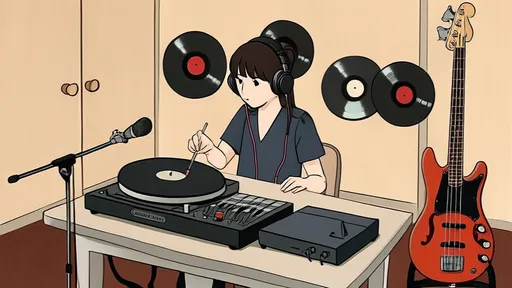
By /Aug 22, 2025
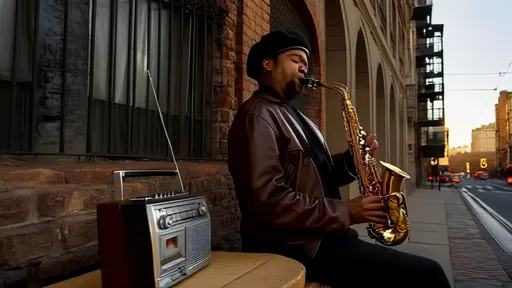
By /Aug 22, 2025

By /Aug 22, 2025

By /Aug 22, 2025
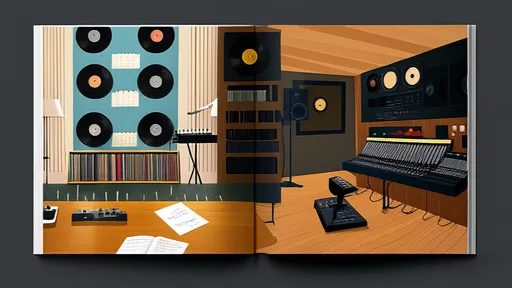
By /Aug 22, 2025
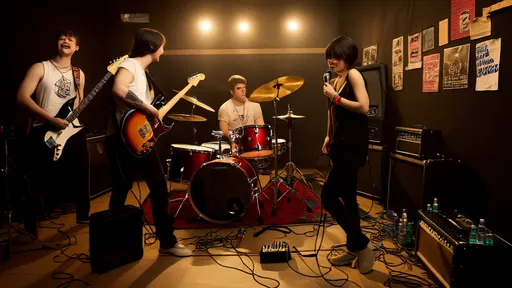
By /Aug 22, 2025

By /Aug 22, 2025

By /Aug 22, 2025
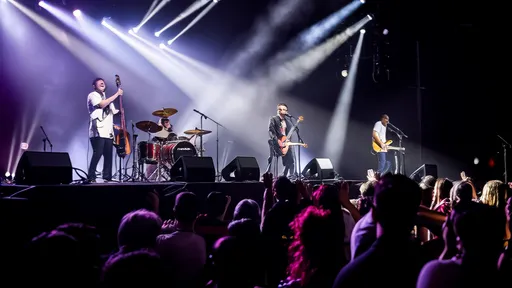
By /Aug 22, 2025

By /Aug 22, 2025
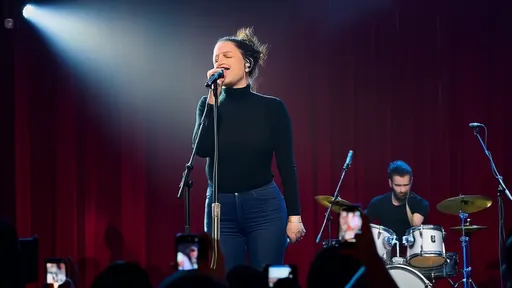
By /Aug 22, 2025
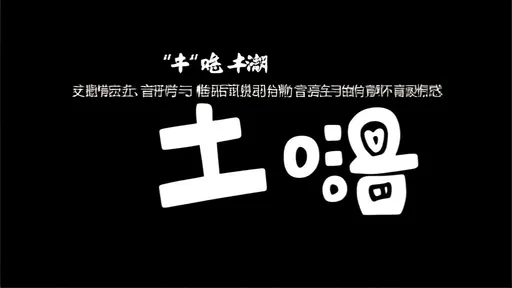
By /Aug 22, 2025

By /Aug 22, 2025

By /Aug 22, 2025
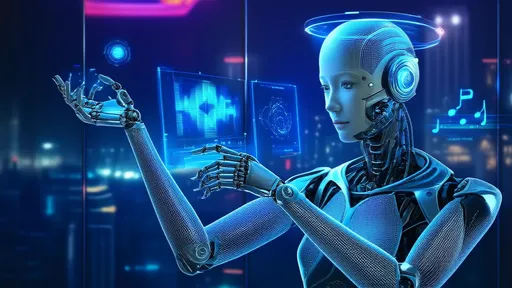
By /Aug 22, 2025
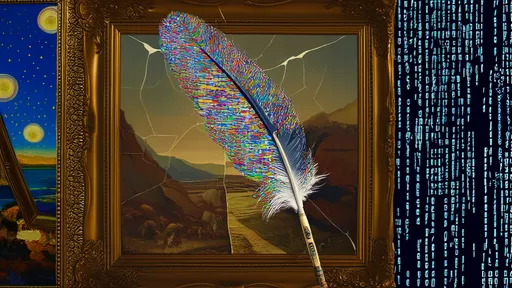
By /Aug 22, 2025
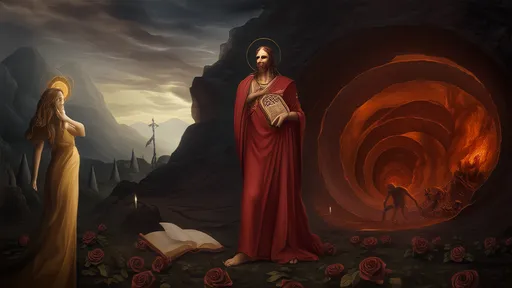
By /Aug 22, 2025
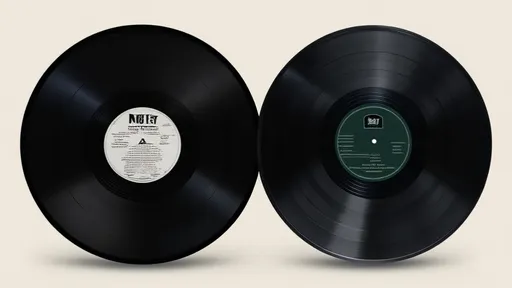
By /Aug 22, 2025

By /Aug 22, 2025